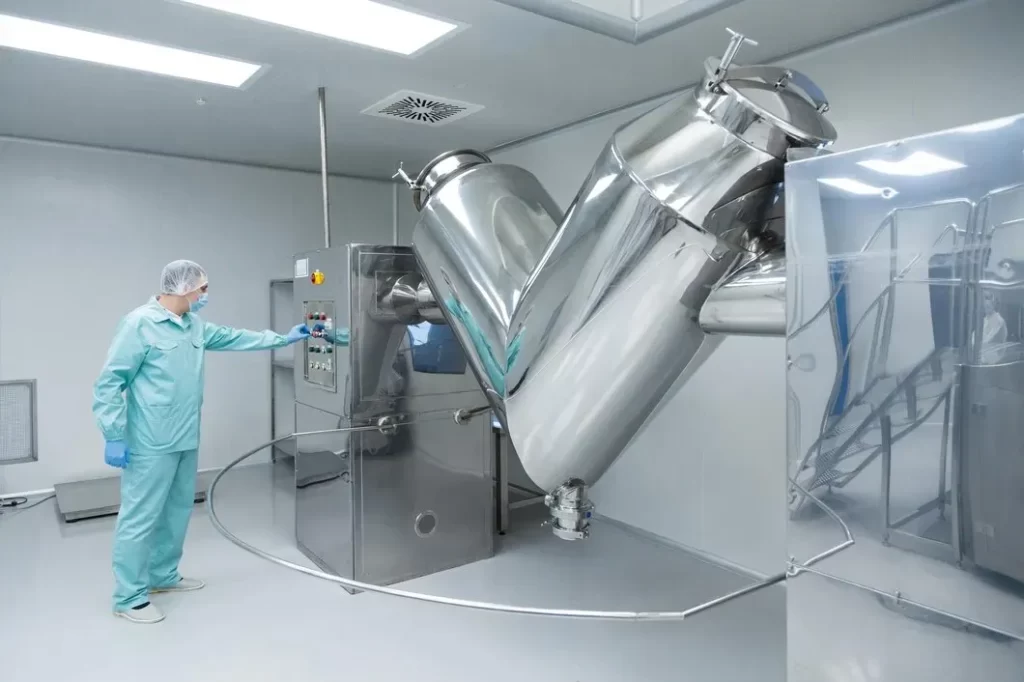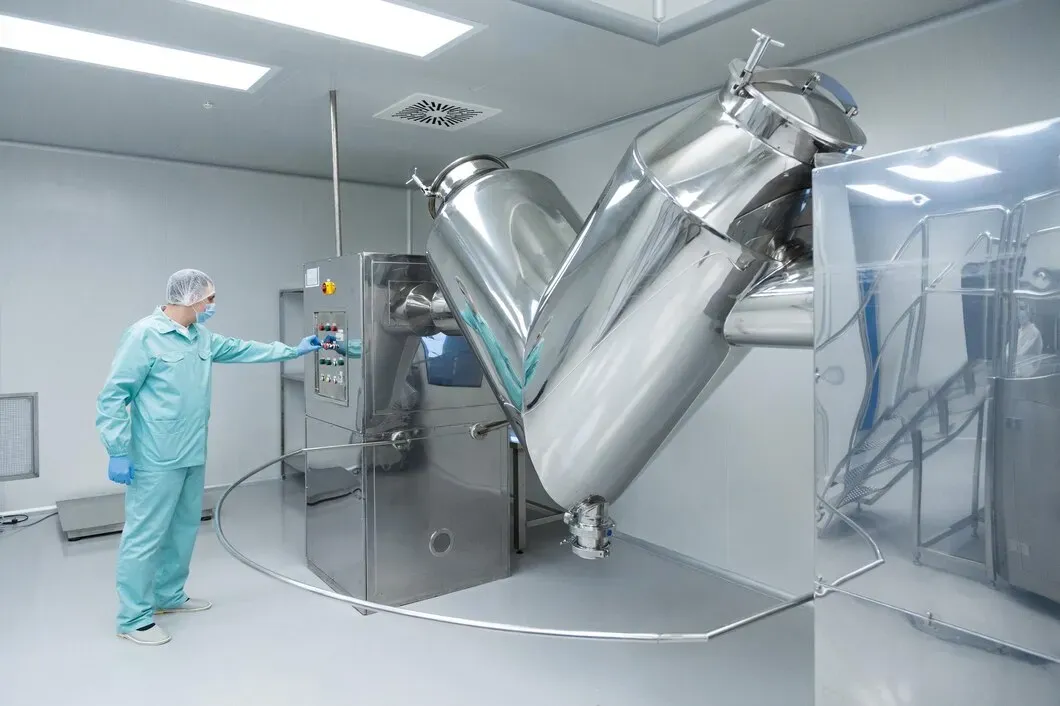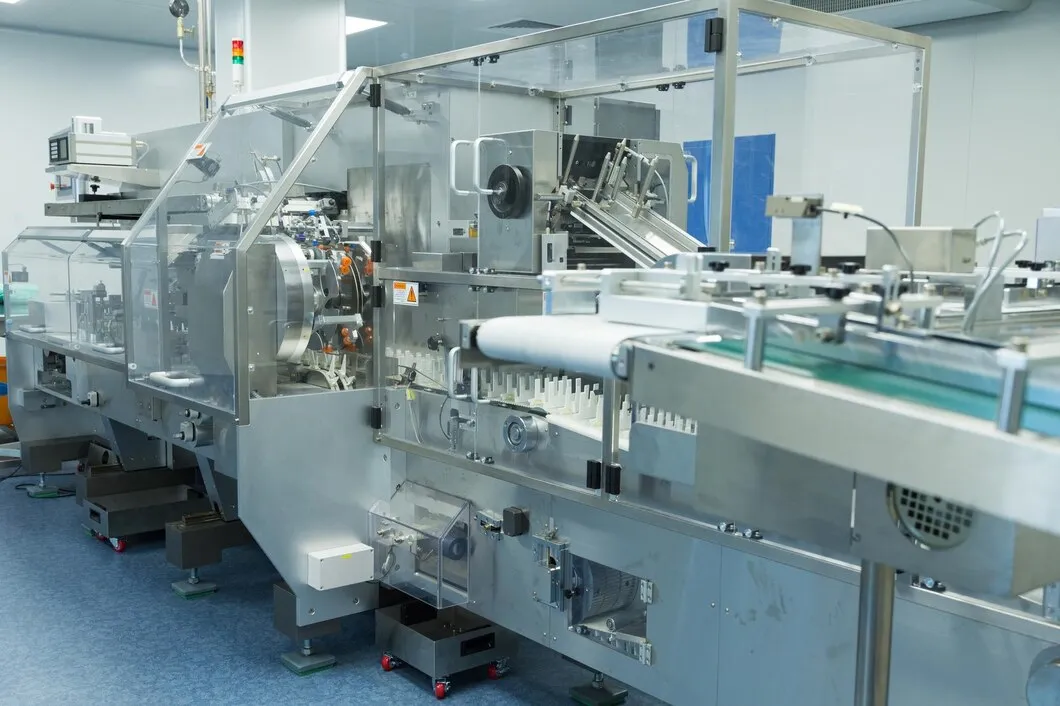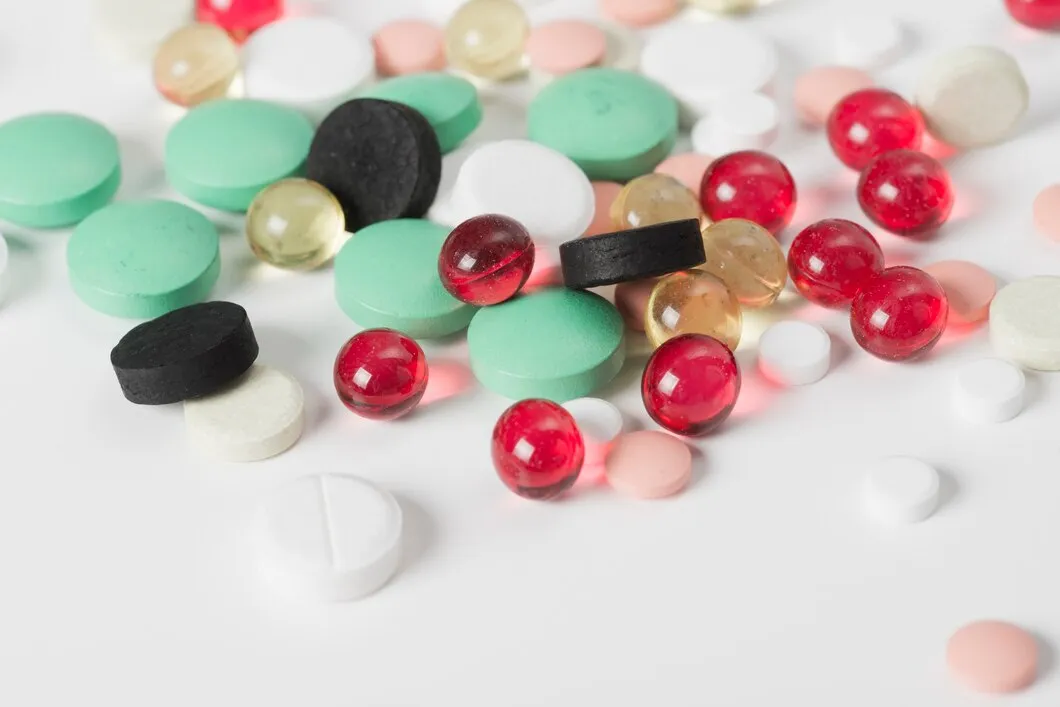Before any drug reaches a patient, it starts in a lab. That’s where formulas are tested, batches are checked, and quality is either confirmed or questioned. To do that work right, labs depend on the right equipment—tools that don’t just get the job done, but do it with precision.
If you’re responsible for running or setting up a pharmaceutical lab, here’s what equipment you actually need, and why it matters.

Pharmaceutical labs utilize a diverse array of equipment, each serving specific purposes:
Key pharmaceutical laboratory equipment include:
In any pharmaceutical lab, the equipment you use directly impacts the quality of your work. Reliable instruments help maintain consistency across batches, reducing the chances of defects or out-of-spec results. When equipment is precise, regularly calibrated, and properly maintained, it becomes much easier to meet the strict standards set by regulators.
Safety is just as critical. Labs handle sensitive and sometimes hazardous materials, so having the right containment systems, ventilation, and protective tools isn’t optional—it’s how teams work confidently without putting anyone at risk.
Regulatory compliance ties it all together. Agencies like the FDA expect labs to use validated equipment, follow documented procedures, and keep accurate records. Without the right tools in place, staying compliant becomes a guessing game—and that’s a risk no manufacturer can afford.
Not all lab equipment fits every setup. What you choose depends on what you’re making, how you’re making it, and the standards you need to meet.
Investing in the appropriate pharma laboratory equipment is fundamental to the success of pharmaceutical research and manufacturing. It ensures product quality, enhances safety, and facilitates compliance with stringent regulatory standards. Careful selection, regular maintenance, and adherence to GMP guidelines are essential for optimal laboratory performance.
Looking to equip your pharmaceutical lab with reliable and compliant instruments? Contact us to explore tailored solutions that meet your operational needs.




Before any drug reaches a patient, it starts in a lab. That’s where formulas are tested, batches are checked, and quality is either confirmed or questioned. To do that work right, labs depend on the right equipment—tools that don’t just get the job done, but do it with precision. If you’re responsible for running or […]

Blister packaging is everywhere in pharma—from tablets to capsules to sample packs. It protects the product, extends shelf life, and improves patient safety. But for manufacturers, it’s more than just packaging—it’s a system built around speed, precision, and compliance. If you’re in pharma manufacturing or packaging procurement, here’s what you need to know about blister […]

If you’re deciding how to deliver a pharmaceutical or supplement product, the format you choose—liquid gels or tablets—will shape more than just how it looks. It affects how the product is made, how fast it’s absorbed, what kind of equipment you’ll need, and how the end user experiences it. Some actives work better in a […]